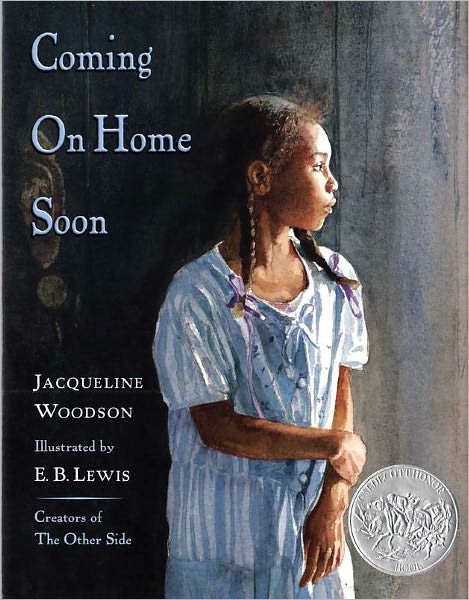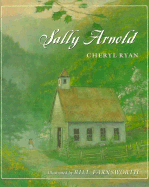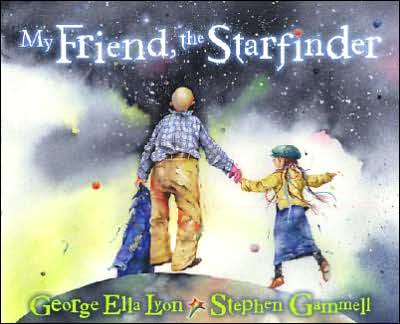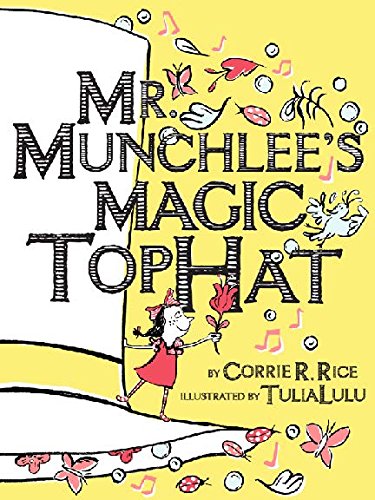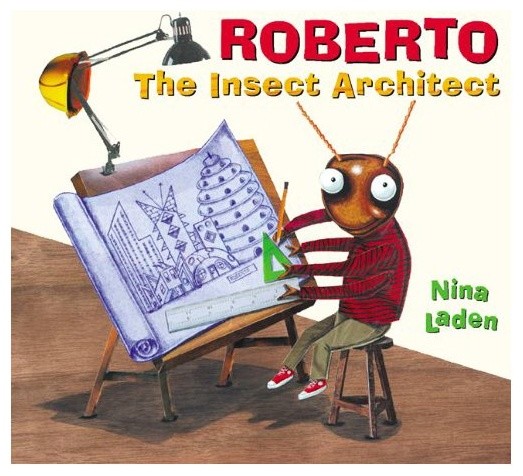
It’s a satirical story with a technological secret. “No computers were used,” brags Nina Laden, listing out the materials that she used instead to create the mixed-media collages in “Roberto the Insect Architect.” (“[D]ifferent kinds of paper, parts of images cut from old catalogs and magazines, wood veeners, cork veneer, blueprints, cardboard, skeleton leaves, old engravings, stickers, etc.”) It’s an appropriate medium for a story about a scavenging termite, and the bright illustrations give it a retro-modern feel. The other termites may be obsessed with their wood-based status symbols – but Roberto has grander ambitions.
“Don’t you know there are termites starving in Antarctica” says Roberto’s mother, who’s upset that the young termite is playing with his food – wood. (He builds a tower out of the pancake-shaped slices of wood that he’s served for breakfast, and he dreams of becoming an architect.) Laden writes that Roberto is “hungry to start a new life” – and her book’s puns are highlighted in enormous bold letters. But it’s her busy illustrations that steal the focus, dominating every page with bright colors and strange visuals.
On Roberto’s breakfast table there’s a bag of chips – but they’re wood chips. Another termite hoists a delicacy on his fork – a small wooden house. One is eating a skyscraper, while another seems to be salting a church. It’s easy to create anything when you’re cutting-and-pasting images, and when Roberto flees to Bug Central Station, there’s a great pastiche of buildings from the San Francisco Bay Area.
“The city was a place where you could build your dreams,” Laden writes wisely – highlighting “build your dreams,” since it’s another architecture pun. “Roberto beamed hope like a lit-up skyscraper.” But you can bet that the hotel he checks into is full of bugs. In fact, they’re bed bugs – and it’s Roberto who builds them beds!
The snooty city bugs won’t give Roberto his chance, and soon Roberto is “feeling like a pest” – again, highlighted in bold. There’s a homeless fly, and even a ladybug who’s crying that her house is on fire and her children are gone. And then in a beautiful collage of a purple sunset, Roberto vows to prove his skills to the city. He turns a pile of abandoned wood into a street of fancy new homes – then sends the keys to their new owners anonymously.
“Antennae were buzzing,” Laden writes – in bold letters, and “Robin Leech” promises to make the anonymous builder famous. It’s a funny story with a happy ending. But it’s Laden’s mixed-media collages that you’ll never forget.
